Driade joins forces with Moleskine and Philippe Nigro for portable office range
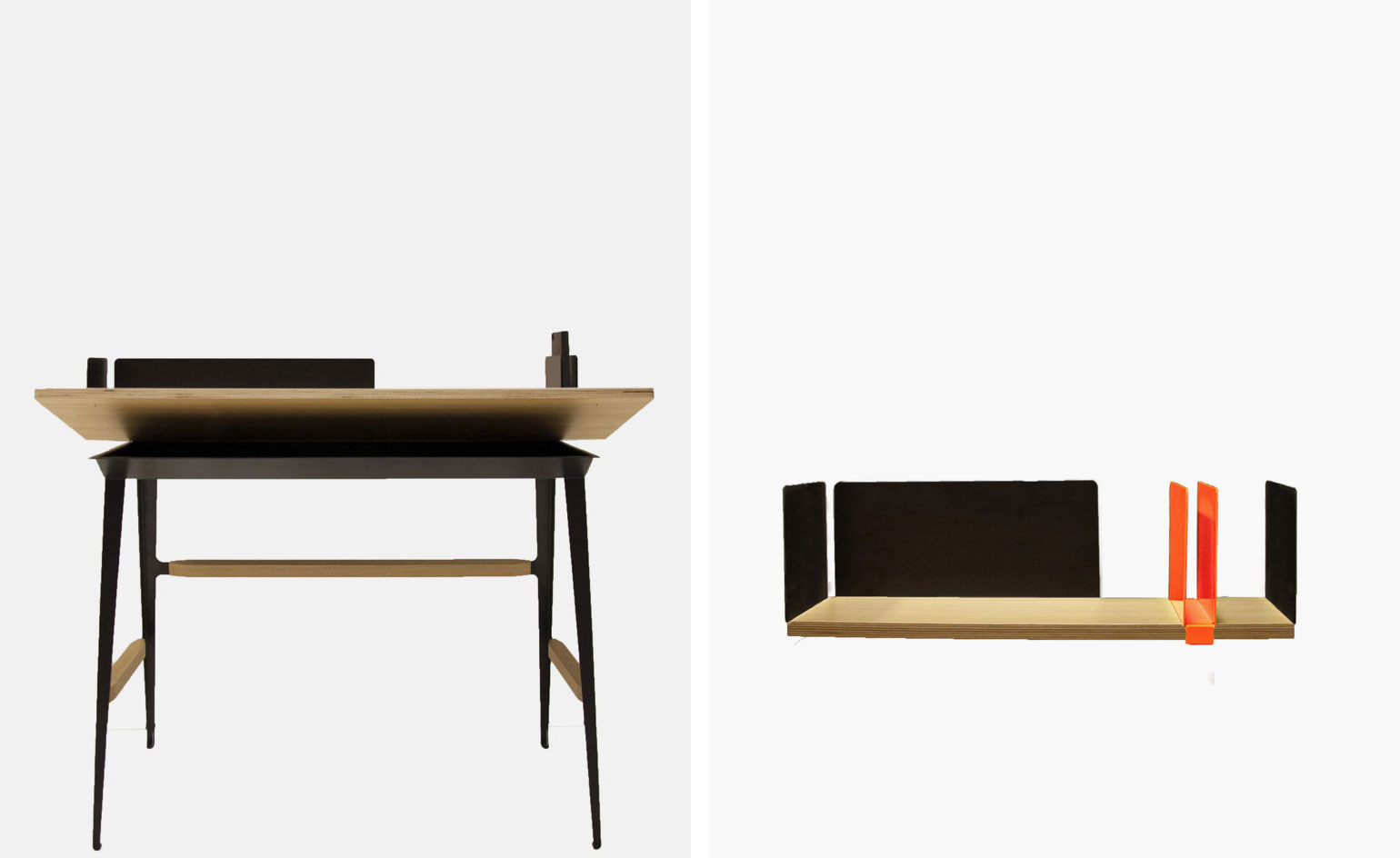
When envisioning Italian notebook king Moleskine meeting furniture stalwarts Driade via French designer Philippe Nigro, the mind strings many a thought. Launching at IMM Cologne this year, the trio have joined forces to create a dynamic and modular ‘Portable Atelier'.
Essentially a moveable office, each of the brands harnessed their specific expertise to form a smartly simplistic and refined collection. What began as a desk design has grown to a collection of fundamental workspace pieces, including a matching adjustable stool, a detachable shelf to slot into the desk and plenty of Moleskine-inspired accessories.
‘Portable Atelier’'s manoeuverable state brings to mind memories of Nigro's transportable ottoman and 'Coffre à Lutrin' mobile office from 2013's 'Les Nécessaires d'Hermès' collection. This, together with Moleskine’s travel-friendly, organisation-focused aesthetic and Driade’s expertise with lightweight contemporary materials, makes them a match made in heaven.
The collection is made of plywood, oak and matt steel, allowing for the perfect pack up office environment. But it's not all serious office business; the range is also injected with playful fluorescent yellow and orange tones merging together with black and white basics, making it ideal for mixing and matching.
Described as ‘nomadic', they developed the project from the concept of a moving, journeying office environment. ‘All the pieces interact with each other,' explains Nigro, 'but they can live independently at the same time.’ 'Portable Atelier' will soon be distributed by both Italian manufacturers, and there's been talk of expanding the collaboration and introducing designers Maurizio Galante and Tal Lancman to the fold. Watch this space.
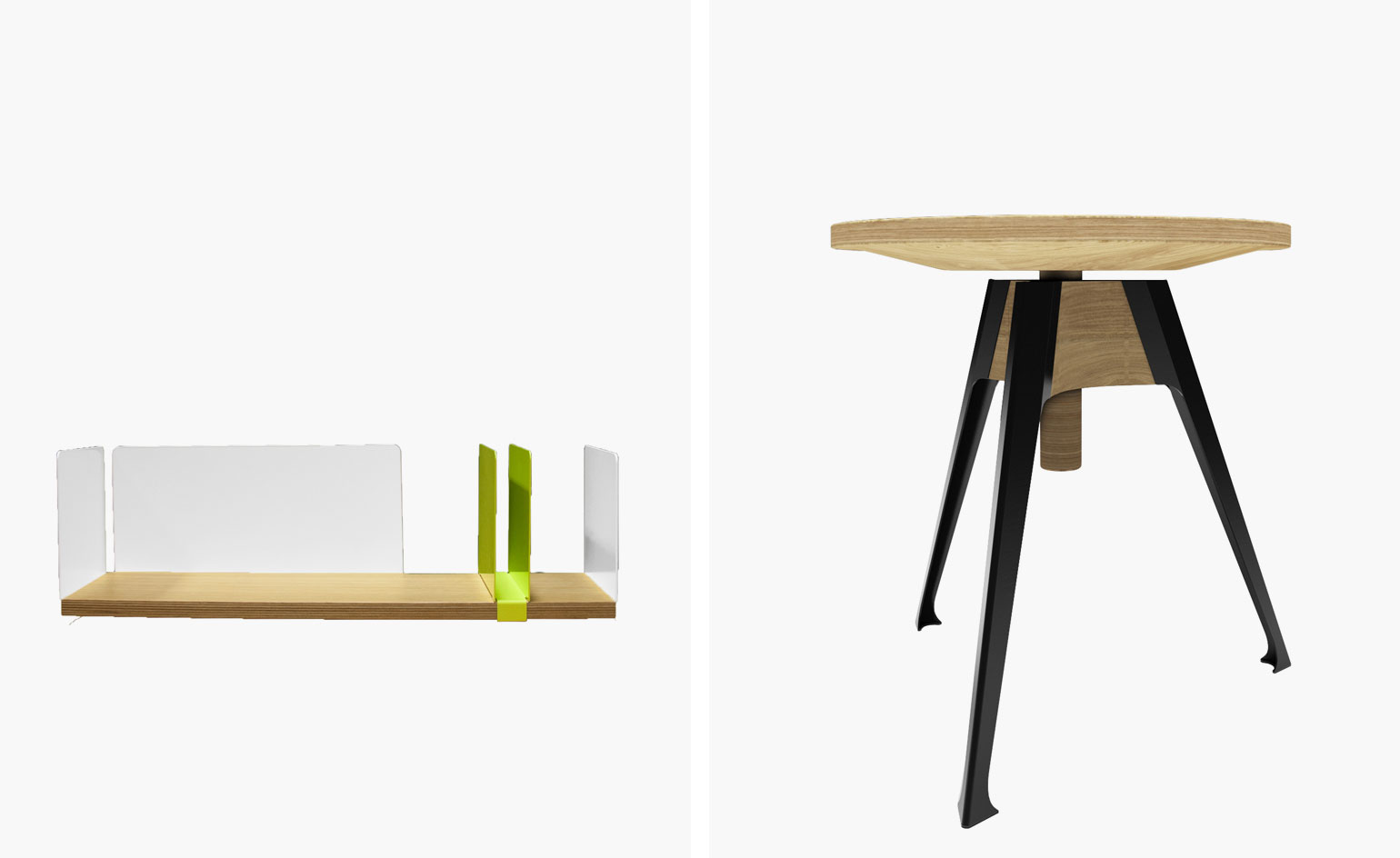
Titled ’Portable Atelier’, the dynamic collection is a moveable office set that started with a desk and now includes a matching adjustable stool, a detachable shelf to slot into the desk and plenty of Moleskine-inspired accessories
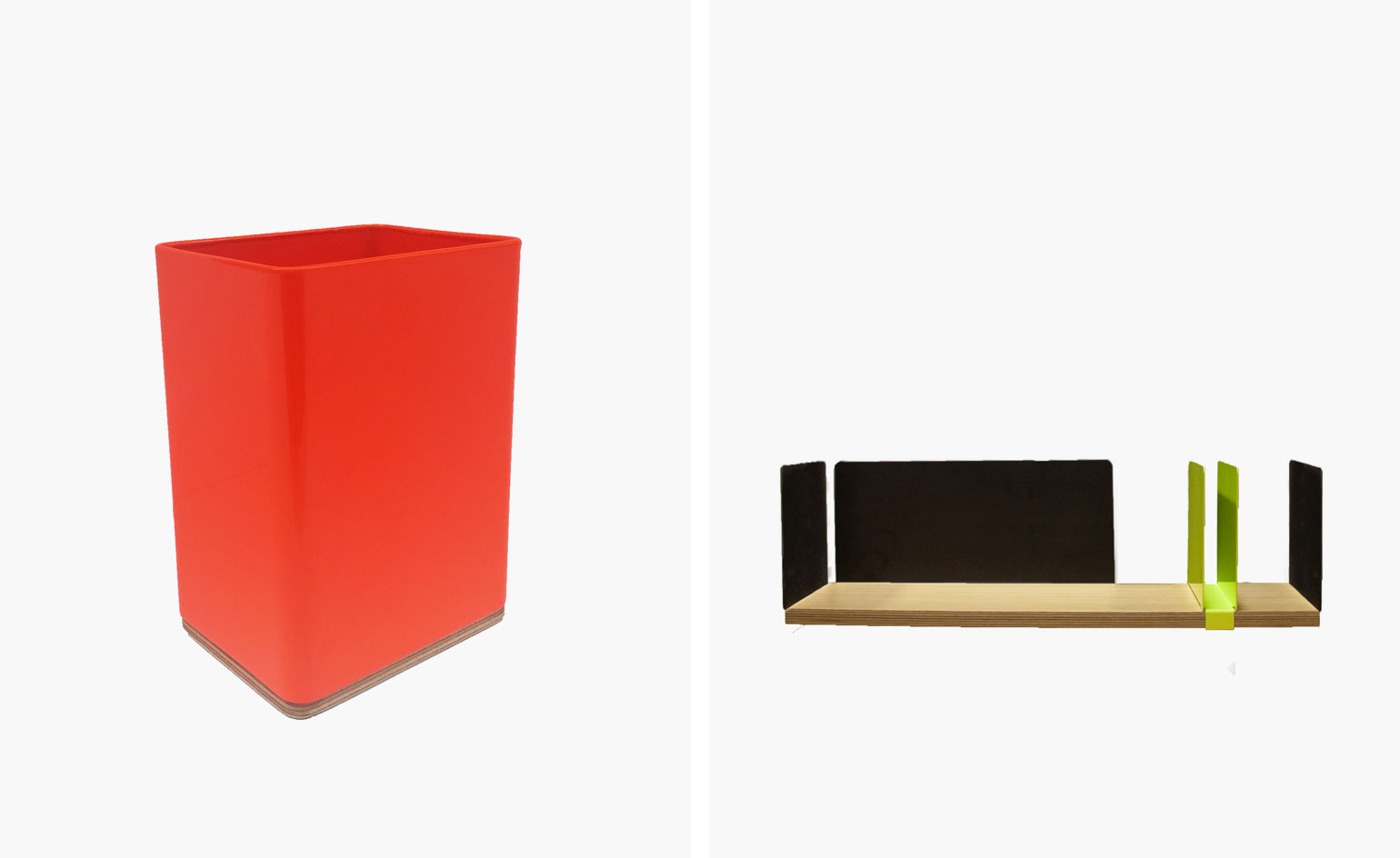
The ’nomadic’ collection utilises Driade’s expertise with contemporary materials such as plywood, oak and matt steel, allowing for the perfect lightweight pack-up office environment
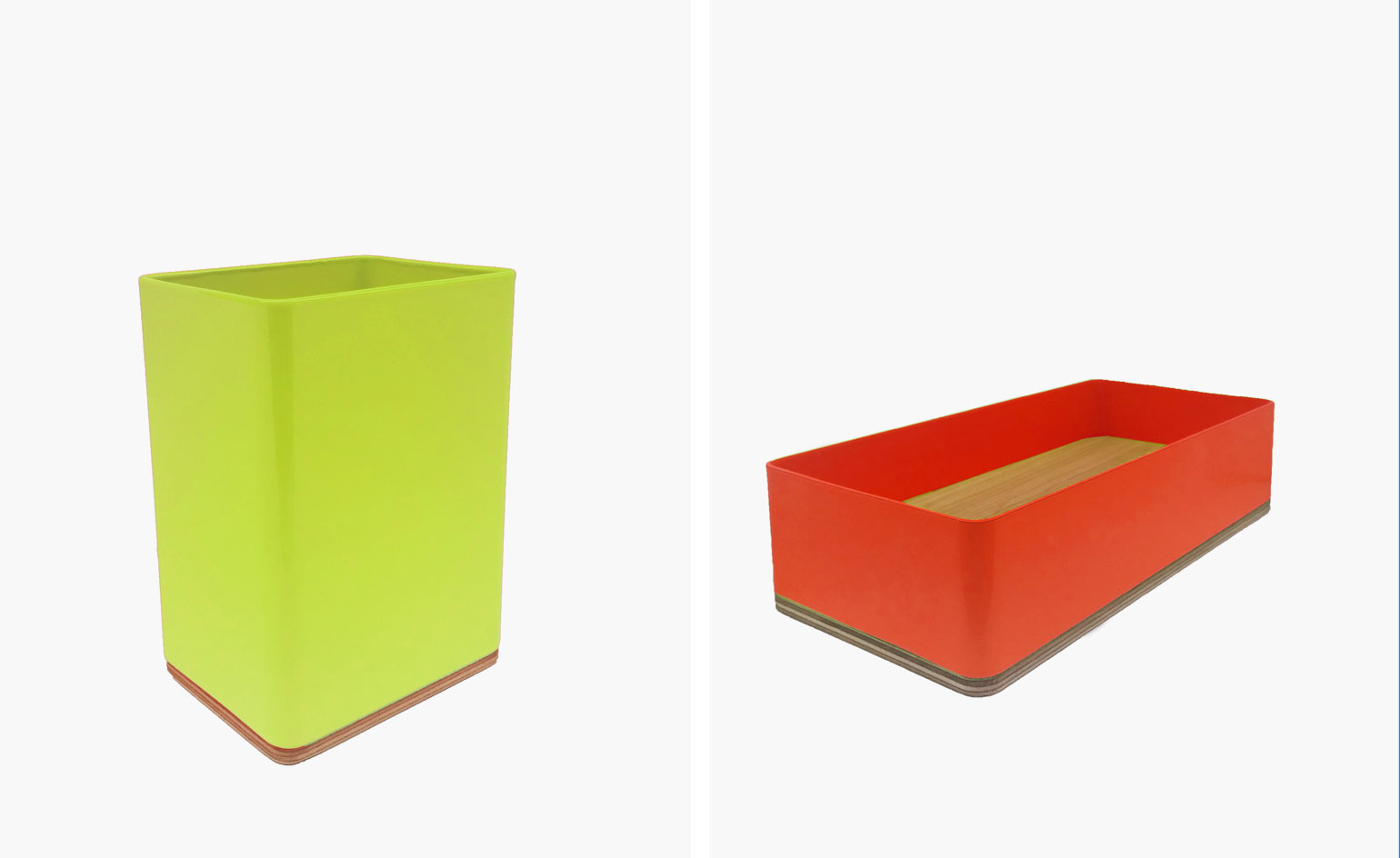
Playful fluorescent yellow and orange tones merge with black and white basics for mixing and matching. Pictured: a pencil holder and Moleskine-shaped file holder
INFORMATION
’Portable Atelier’ will soon be available from Moleskine and Driade
Receive our daily digest of inspiration, escapism and design stories from around the world direct to your inbox.
Sujata Burman is a writer and editor based in London, specialising in design and culture. She was Digital Design Editor at Wallpaper* before moving to her current role of Head of Content at London Design Festival and London Design Biennale where she is expanding the content offering of the showcases. Over the past decade, Sujata has written for global design and culture publications, and has been a speaker, moderator and judge for institutions and brands including RIBA, D&AD, Design Museum and Design Miami/. In 2019, she co-authored her first book, An Opinionated Guide to London Architecture, published by Hoxton Mini Press, which was driven by her aim to make the fields of design and architecture accessible to wider audiences.
-
 Terrified to get inked? This inviting Brooklyn tattoo parlour is for people who are 'a little bit nervous'
Terrified to get inked? This inviting Brooklyn tattoo parlour is for people who are 'a little bit nervous'With minty-green walls and an option to 'call mom', Tiny Zaps' Williamsburg location was designed to tame jitters
-
 Let’s hear it for the Chopard L.U.C Grand Strike chiming watch
Let’s hear it for the Chopard L.U.C Grand Strike chiming watchThe Swiss watchmaker’s most complicated timepiece to date features an innovative approach to producing a crystal-clear sound
-
 Form... and flavour? The best design-led restaurant debuts of 2025
Form... and flavour? The best design-led restaurant debuts of 2025A Wallpaper* edit of the restaurant interiors that shaped how we ate, gathered and lingered this year
-
Nendo unveils gravity-formed Melt furniture for WonderGlass
-
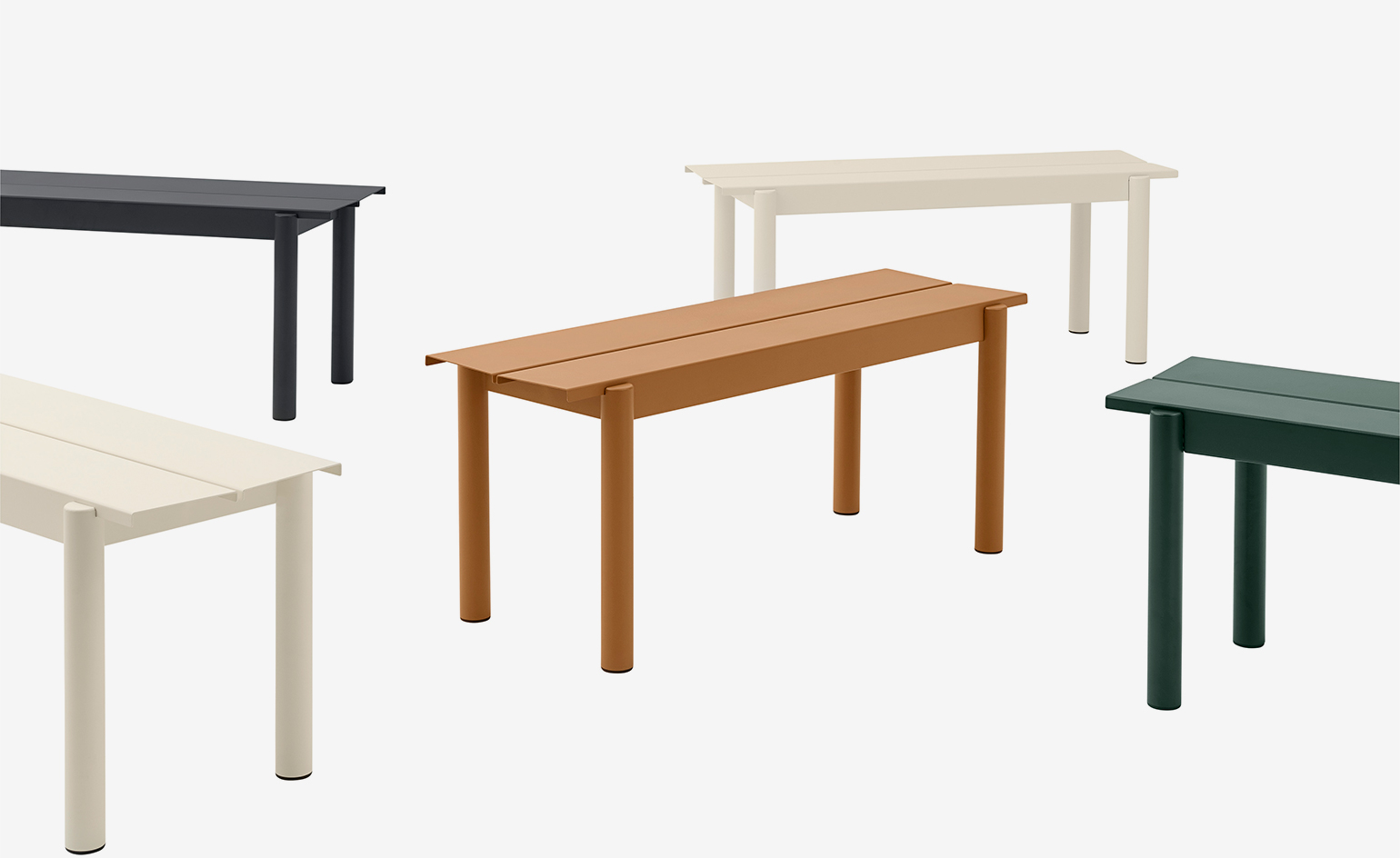 Muuto unveils debut outdoor furniture range with clean metal lines and timeless details
Muuto unveils debut outdoor furniture range with clean metal lines and timeless details -
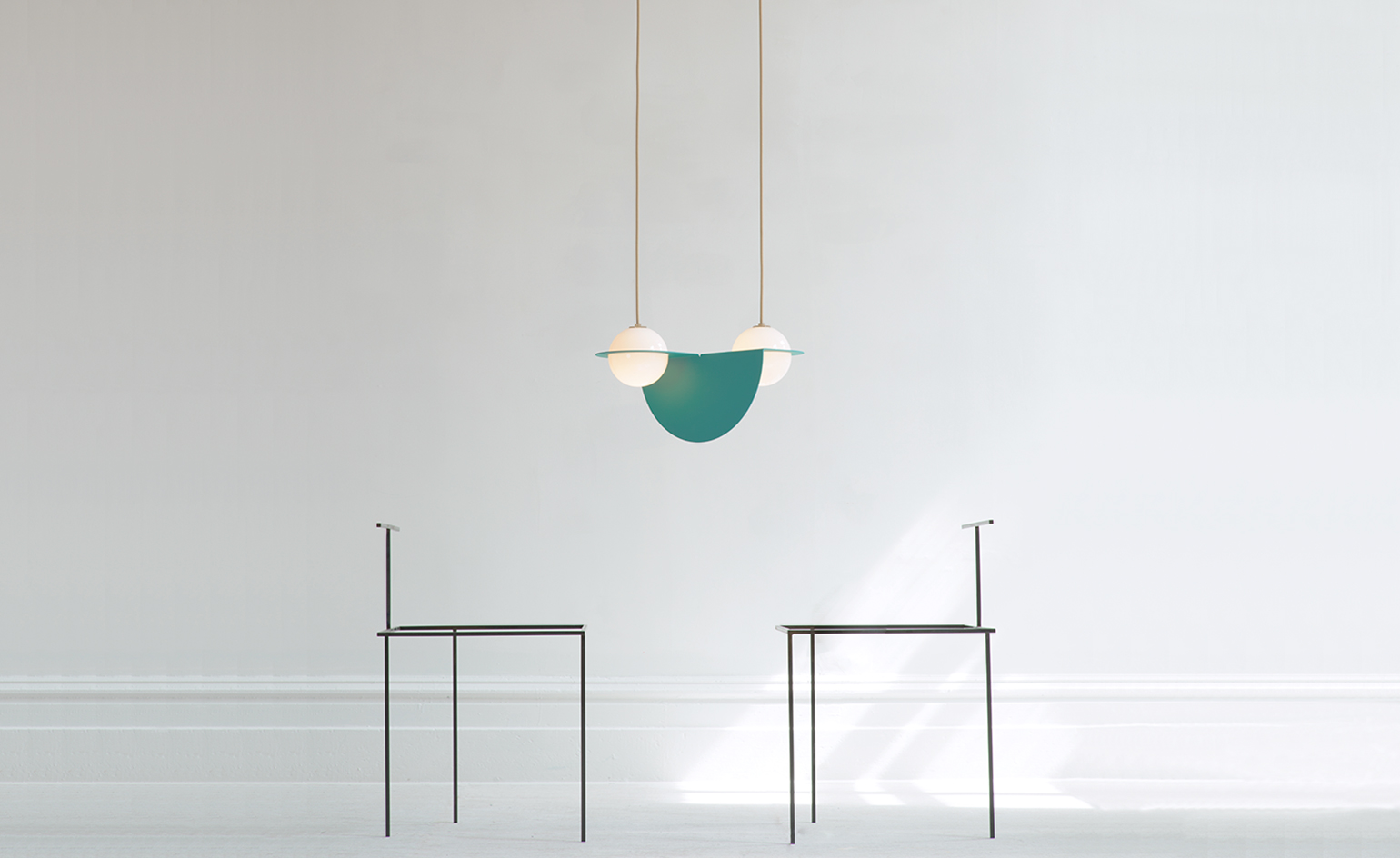 At Kortrijk’s Biennale Interieur, an air of optimism and silver linings
At Kortrijk’s Biennale Interieur, an air of optimism and silver linings -
 Helsinki Design Week 2016 reveals a Finland steeped in tradition, with an eye on its future
Helsinki Design Week 2016 reveals a Finland steeped in tradition, with an eye on its future -
 The cutting edge: Collective Design Fair champions independent design talent
The cutting edge: Collective Design Fair champions independent design talent -
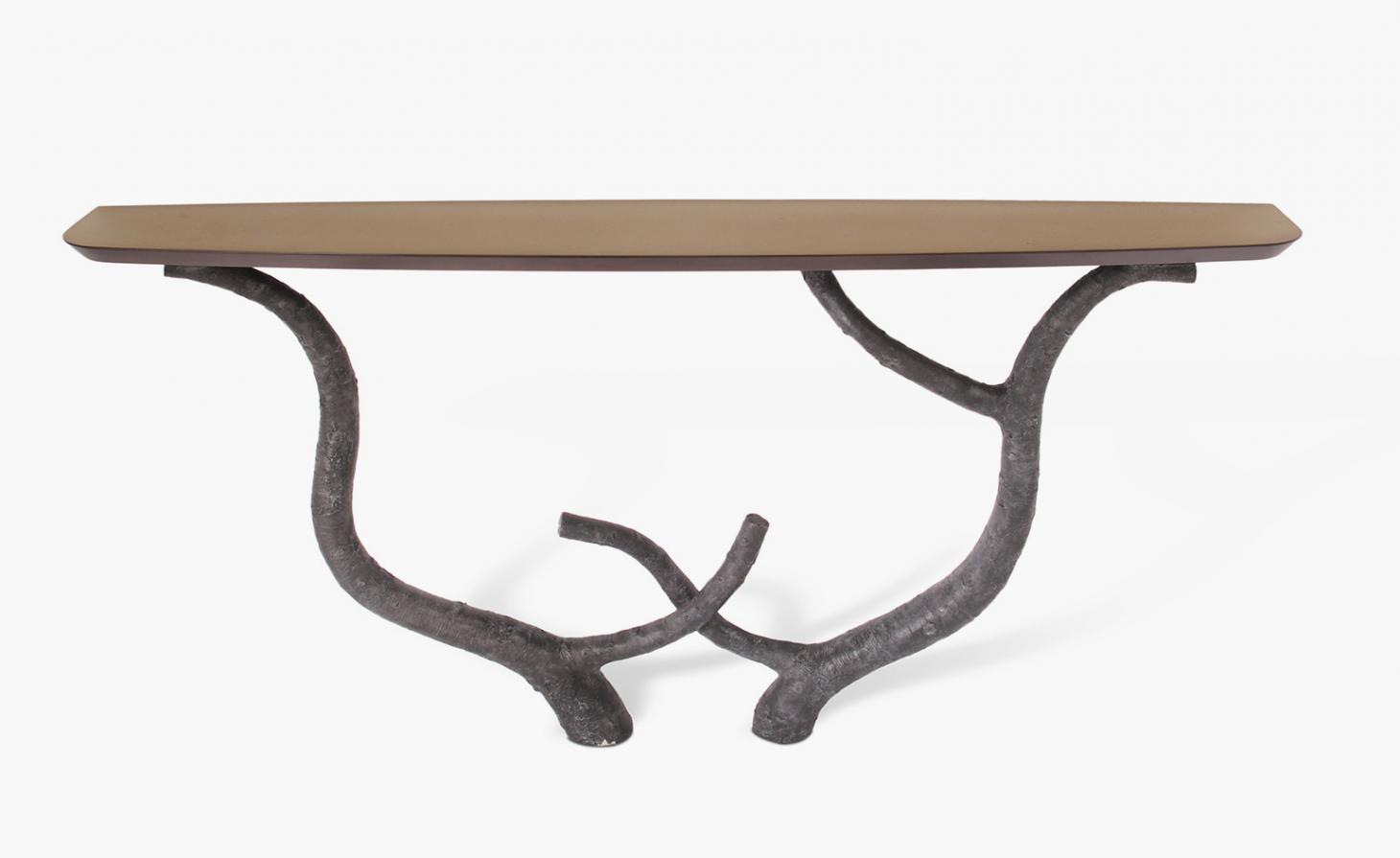 Wallpaper* Approved: our edit of London Design Week’s finest features
Wallpaper* Approved: our edit of London Design Week’s finest features -
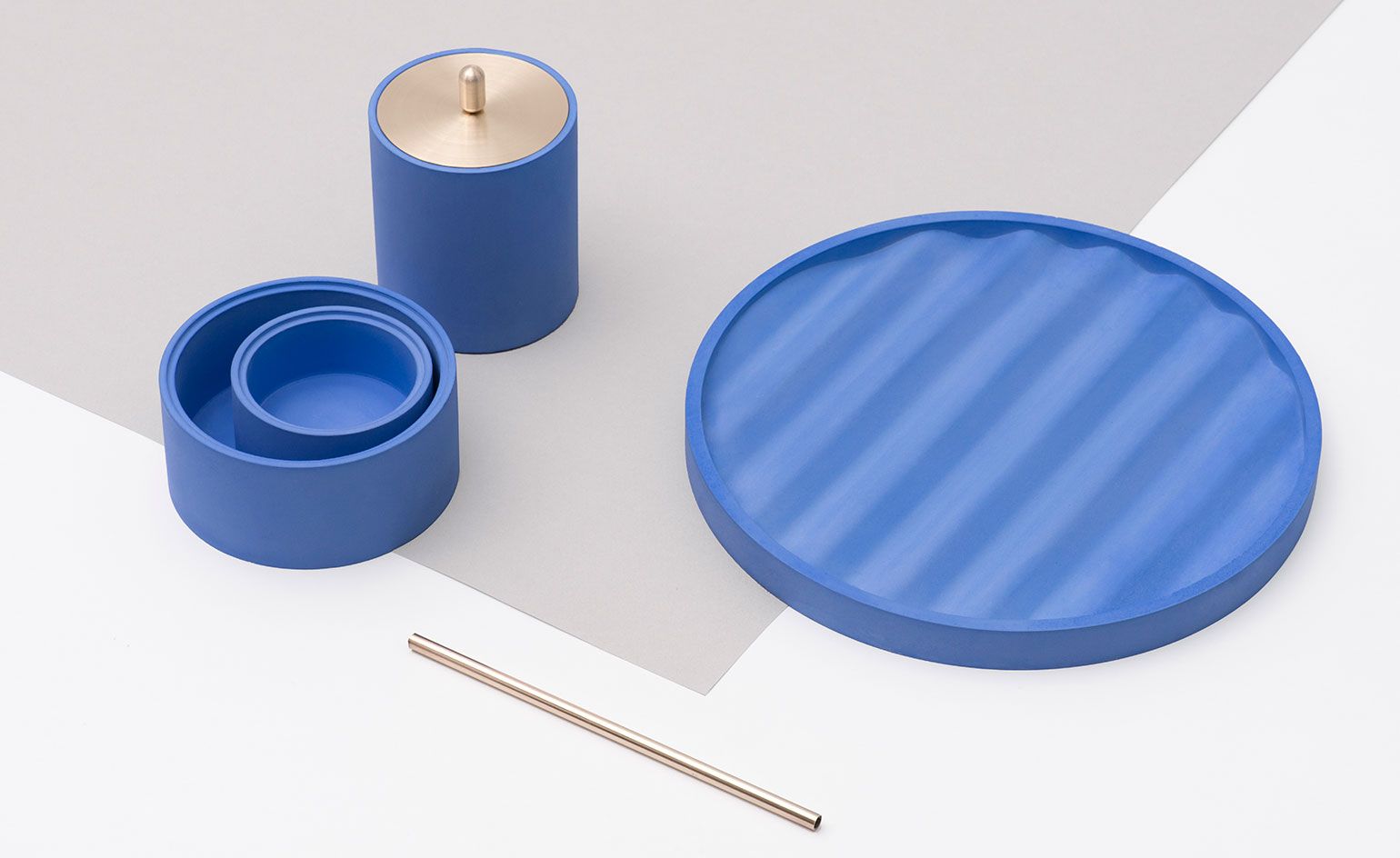 World's fair: what to expect from Design Shanghai 2016
World's fair: what to expect from Design Shanghai 2016 -
 Stockholm Furniture Fair 2016: hot seats, young guns and the new Nordic guard
Stockholm Furniture Fair 2016: hot seats, young guns and the new Nordic guard
